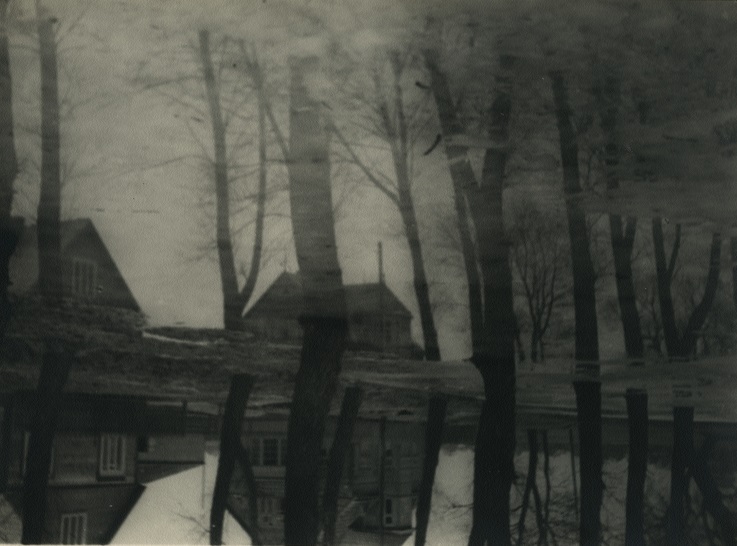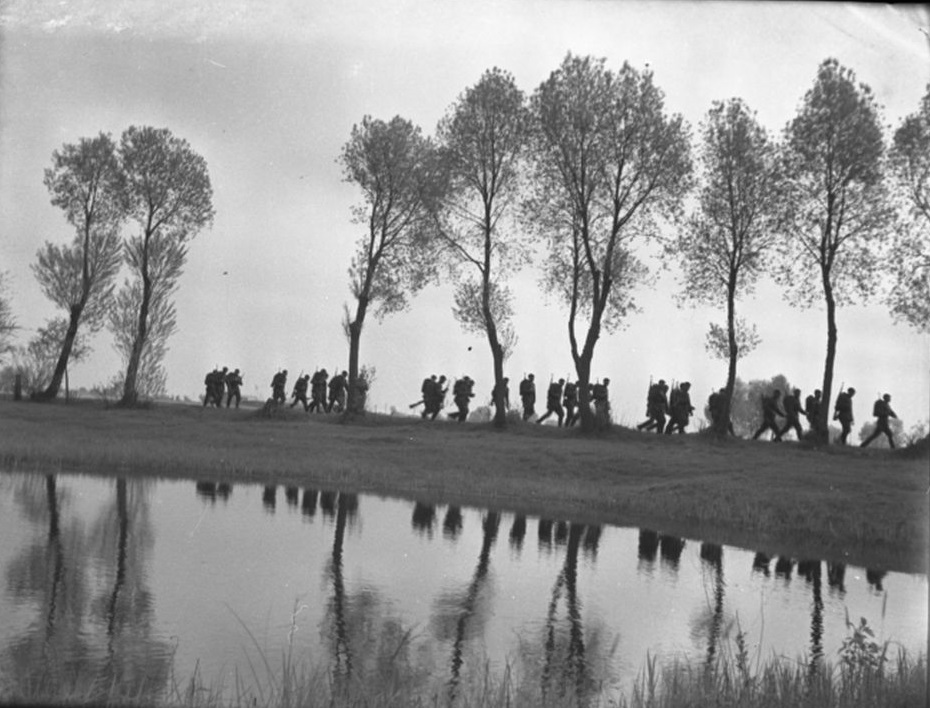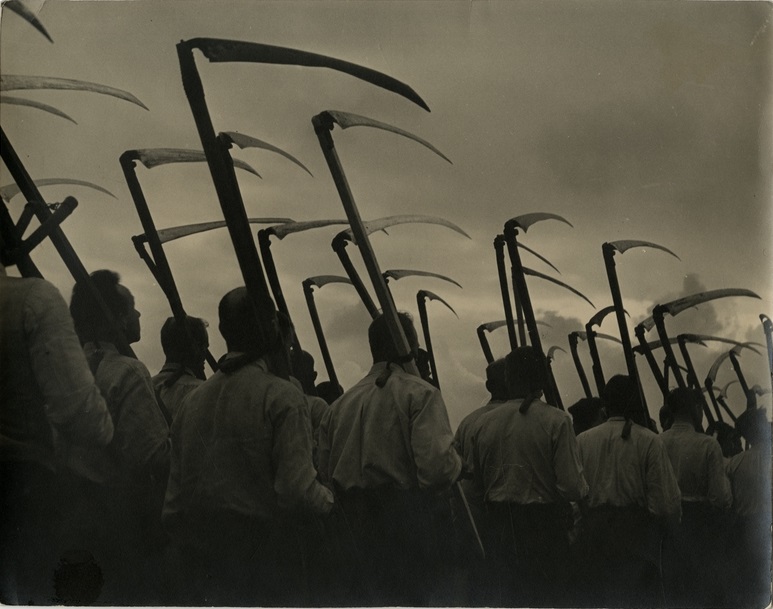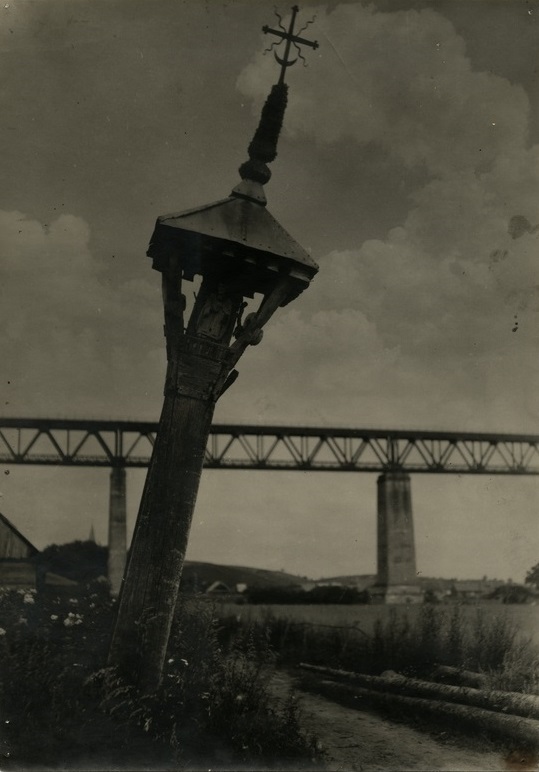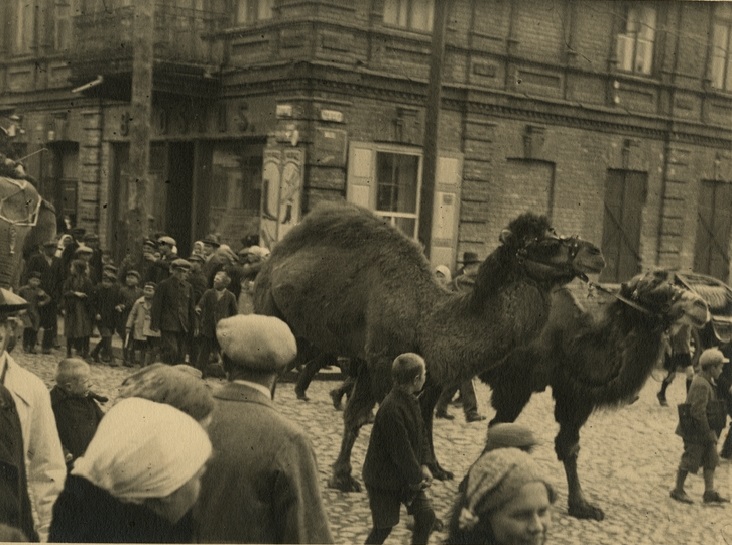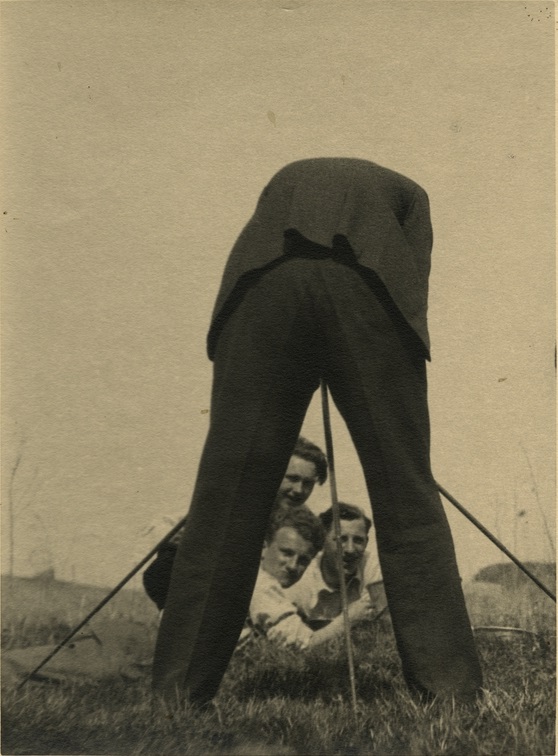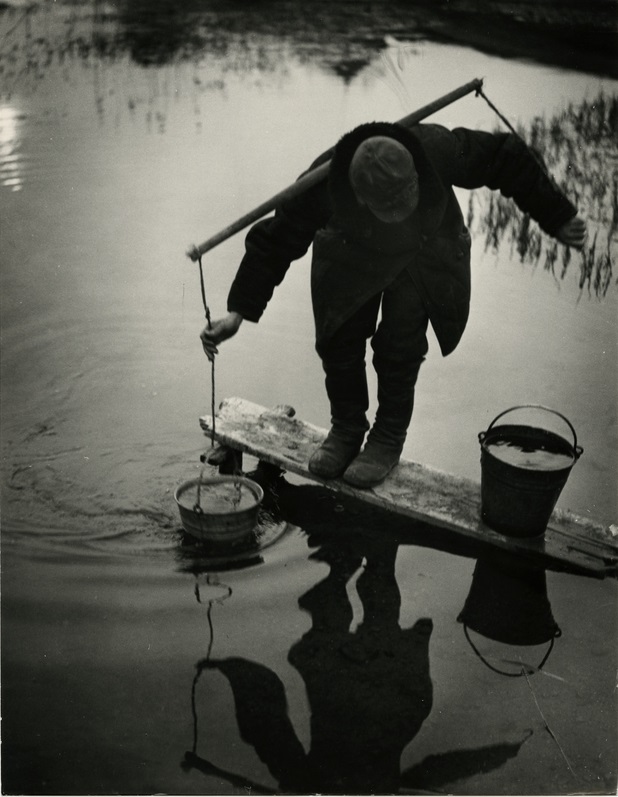Wait for news!
You have just successfully signed up for photography museum newsletter.
II–V 10 am. – 6.00 pm. / VI–VII 11.00 am. – 5.00 pm.
Ticket – 5 €, with discount 2,50 € / Guided tour – 20 €, no discounts are available € / Visit of the roof terrace 1 €, with discount 0,50 €
Vilniaus str. 140, LT-76296, Šiauliai
Bike rental station is available on the museum’s opening hours
Get the information first, subscribe for our newsletter.
You have just successfully signed up for photography museum newsletter.
Get the information first, subscribe for our newsletter.
You have just successfully signed up for photography museum newsletter.
Permanent exhibition of history of photography called Freedom for photography art (Lith. „Laisvę fotografijai“)
Ongoing and upcoming exhibitions
Archive of past exhibitions
Ongoing and past travelling exhibitions
Museum’s exhibits in virtual exhibitions
Get the information first, subscribe for our newsletter.
You have just successfully signed up for photography museum newsletter.
Get the information first, subscribe for our newsletter.
You have just successfully signed up for photography museum newsletter.
Get the information first, subscribe for our newsletter.
You have just successfully signed up for photography museum newsletter.
Get the information first, subscribe for our newsletter.
You have just successfully signed up for photography museum newsletter.
Get the information first, subscribe for our newsletter.
You have just successfully signed up for photography museum newsletter.
Get the information first, subscribe for our newsletter.
You have just successfully signed up for photography museum newsletter.
During the interwar period, Lithuanian photography became more than a simple craft and found its way into exhibition halls, press publications, and public spaces of cities and towns of Lithuania, which was becoming more and more modern. Despite the ongoing debates whether it is a form of art, creative photography made a major breakthrough. Professional photographers and enthusiasts formed communities, held exhibitions, and released publications; articles of photography critique began to appear in press.
In December 1932, the first interwar-period personal exhibition was held in Kaunas: the salon of the Society of Independent Artists became a showroom for over 300 photographs by Petras Babickas. The exhibition was undocumented, thus the works showcased are unknown. Although the author’s photography archive was later lost in the pages of history, P. Babickas’s photographs of the interwar-period were found in publications. Also, a fragment of his archive, brought back to Lithuania from the USA after the restoration of independence, is stored at the Photography Museum.
At the end of 1932, P. Babickas, Steponas Kolupaila, Kazys Laucius, Adomas Varnas, and other photography enthusiasts established the Lithuanian Amateur Photographers Union in Kaunas. The constituent assembly of the Union took place in January 1933 and the articles of association were approved, setting the goal to bring together Lithuanian photography enthusiasts and to improve its artistic and technical level. S. Kolupaila was the elected chairman of the board. Soon, the first exhibition of the Union’s members’ photographs was organized, followed by several further exhibitions. In 1937, the Union was reorganized into the Lithuanian Amateur Photographers Society with Otto (Otonas) Milaševičius as the chairman and Vytautas Augustinas as the deputy chairman. K. Laucius, Julius Miežlaiškis, V. Račkauskas, and others worked for the Society or were involved in its activities through various periods of time.
The society “Putpelė” (eng. “Quail”) of Šiauliai, whose aim was to popularize the Lithuanian nation, held a travelling exhibition at the Gymnasium for Girls in 1933 with 629 photographs submitted by 67 photo enthusiasts from around Lithuania. While many amateur photographs were exhibited, a separate stand was dedicated solely for the members of the Lithuanian Amateur Photographers Society, recently established in Kaunas. The works of the Society’s members and well-known photographers S. Kolupaila, Veronika Šleivytė, K. Laucius, Antanina Laucienė, Antanas Naruševičius, and others were exhibited in the dedicated stand and in other parts of the exhibition. A catalogue of the exhibition was published and souvenir photographs were printed and sold at the exhibition; a part of these souvenirs is stored in Photography Museum’s collection together with several photographs that were exhibited.
During the interwar period, an important part in the development of the culture of photography was played by the Lithuanian Association of Surveyors and Cultural Technicians with its photography department, established at the end of 1935. The Association encouraged its members to learn photography and to capture scenes of Lithuania and its daily life. The photography department organized several photo contests, an exhibition of its members’ photographs (1936), and a joint exhibition with the Lithuanian Amateur Photographers Society (1940). Active participants of the photography department and exhibitions were Kazys Daugėla, Povilas Karpavičius, and other photographers, who were later acknowledged as masters of photography.
Lithuanian photography was more widely demonstrated to the international public in Paris, where the International Exposition of Art and Technology in Modern Life took place in 1937. The Lithuanian Amateur Photographers Society and the works of V. Augustinas, Balys Buračas, V. Gavėnas, S. Kolupaila, O. Milaševičius, A. Naruševičius, P. Babickas, Gediminas Orentas, and Jokūbas Skrinskas were awarded the gold medals of the Exposition.
Photography was finding its way into personal spaces as well, were it was not only used to capture daily life, but also as a means for creative experiments.
Creative photography of the time is mostly characterized by traditional documentary expression, while its contents reflect the nation-state’s values and symbols, such as the homeland’s nature, modern cities, and public-spirited society. In addition, some works were created as part of a unique creative search for individual expression and as experiments, both matching the definition of modernism. Modernist characteristics are especially evident in the photographs of artists – Gerardas Bagdonavičius, V. Šleivytė, Domicelė Tarabildienė, and others. In many cases, personal experiments that were not considered works of art and went unexhibited are now valued as original and unique artistic pieces.
The “Formats of Identity” exhibition demonstrates a multi-layered Lithuanian interwar-period identity, the landscapes of nature, cities and towns, as well as the national identity and values, captured by the photographers in their unique visual formats – both traditional and modern, showing creative search attempts.
There are two parts of the exhibition: a separate part is dedicated to the photographic tradition of Vilnius, which belonged to the state of Poland until 1939. The core of the exhibition is formed by the exhibits from the Photography Museum (under the Šiauliai “Aušros” museum), with added works from the Lithuanian M. K. Čiurlionis National Museum of Art, the Lithuanian Art Museum, the Lithuanian National Museum, the Kupiškis Ethnographic Museum, and private collections.
The exhibition is accompanied by a display of publications that present the works of interwar-period authors, as well as an educational program that allows the visitors to engage in individual activities. A collection of the exhibition’s celebratory souvenirs is available, dedicated to the 100th anniversary of an independent Lithuanian state. A more detailed presentation of the exhibit and the interwar-period photography will be given in lectures and tours, which will be held in each month of the exhibition.

